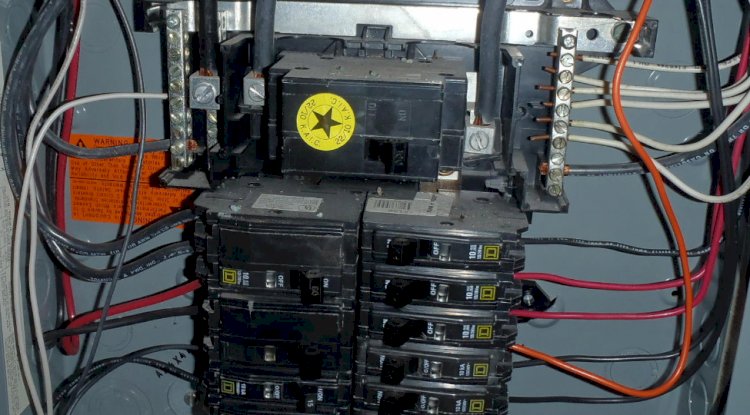Slamat Asked:
What is the mathematical formula for calculating the resistance-to-ground of parallel electrodes?
Our Answer:
The simplified calculation for predicting the resistance-to-ground (earth) of a given length grounding rod is:
R=(p/(2*pi*L))*(ln*(4L/a)-1)) + (p/(2*pi*s))*(1-(L squared/3s(10X8)) + (2L(10×4)/5s(10×4)…)
Where:
- R= Resistance
- p= soil resistivity
- L = Length of the rod
- a= radius of the rod
- ln= natural log
- s = rod spacing
The above is the hand formula, however it does not take into account multi-layered soils. We highly recommend using a computer program such as CDEGS.
The Engineering Experts at E&S Grounding Solutions
Let's Talk! Schedule a FREE Phone Consultation Today.
Wherever you're located, learn how good a fit we are for your project.







